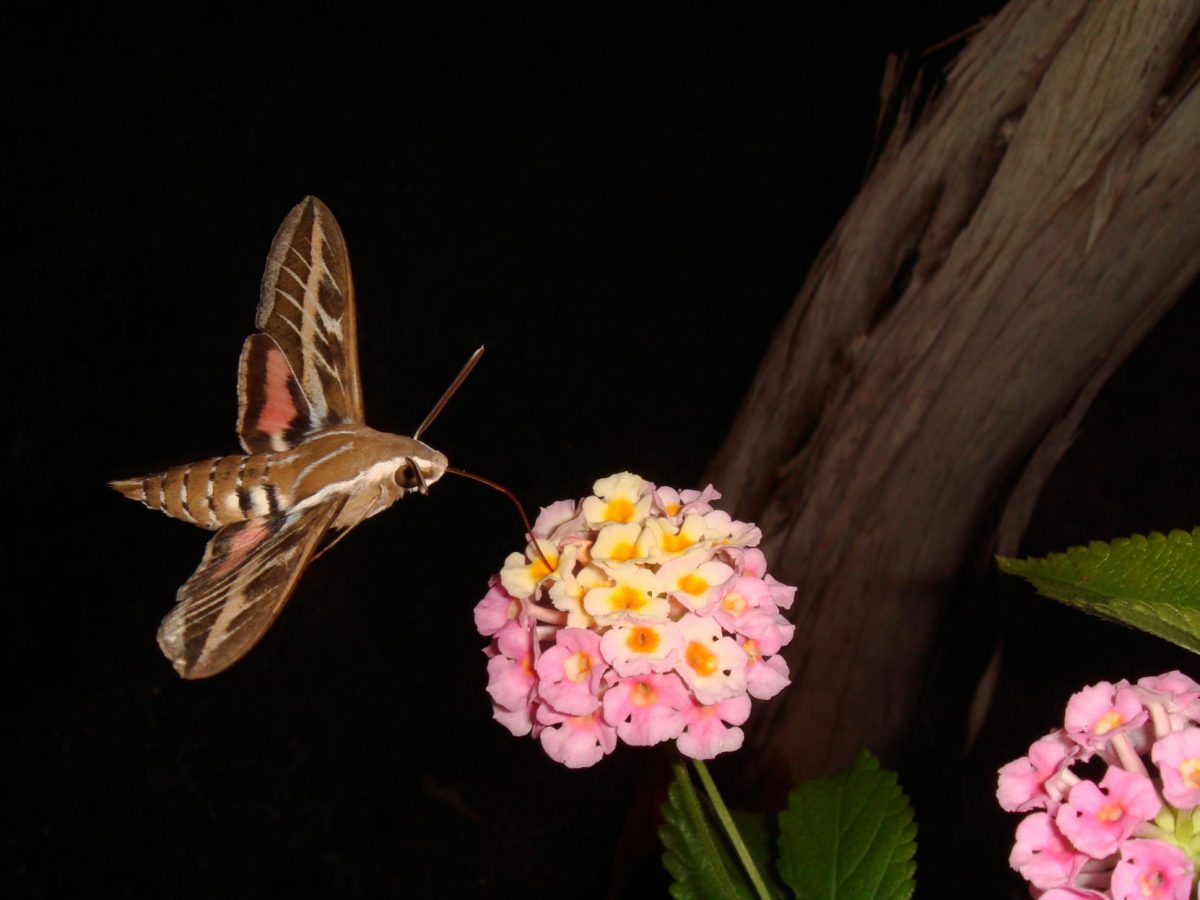When many of us think of moths and butterflies known as Lepidopteran (belonging to the order Lepidoptera), our minds immediately think of the flowers we associate with these insects. This is probably because of the close relationship these organisms share with one another. In fact, until recently, it was though that Lepidoptera evolved around the same time as flowering plants which would explain their extremely connected evolutionary past. However, a recent study published in Science Advances presents evidence that Lepidoptera evolved thousands of years before the flowering plants that many caterpillars now call food.
This discovery came after scientists discovered a series of fossilized insect scales found in a Jurassic soil sample from northern Germany. These scales provide the earliest evidence of Lepidoptera and date back to 70 million years ago. This discovery was surprising because these scales are from a time before the evolution of flowering plants. The research team suggests that these Lepidopteran lacked the sucking mouth parts, called proboscises, for which many in this order are well known. Additionally, the main food source of these early insects would have been the pollen of ancient non-flowering plants. This pollen would have been exploited as a high-energy liquid food source.
This new discovery may also help answer other evolutionary questions, such as, when did the proboscis evolve. Though we now know that Lepidoptera evolved before flowering plants, it wasn’t long after their evolution that flowering plants followed suit. The evolution of flowers is now thought to have led to the evolution of the proboscis and other sucking mouth parts. This evolutionary partnership was the start of the mutualistic relationship between Lepidoptera and the flowering plants we see today.
Though there are still many unknowns in the evolutionary tree of these insects, this study gives important insight into the origins of the order Lepidoptera. These results yield many possible discoveries about the evolutionary relationship between flowering plants and Lepidopteran. One possibility being that moths and butterflies could have directly influenced the initial evolution of flowers. So perhaps we owe butterflies and moth some thanks for the beautiful flowers we see all around us.









